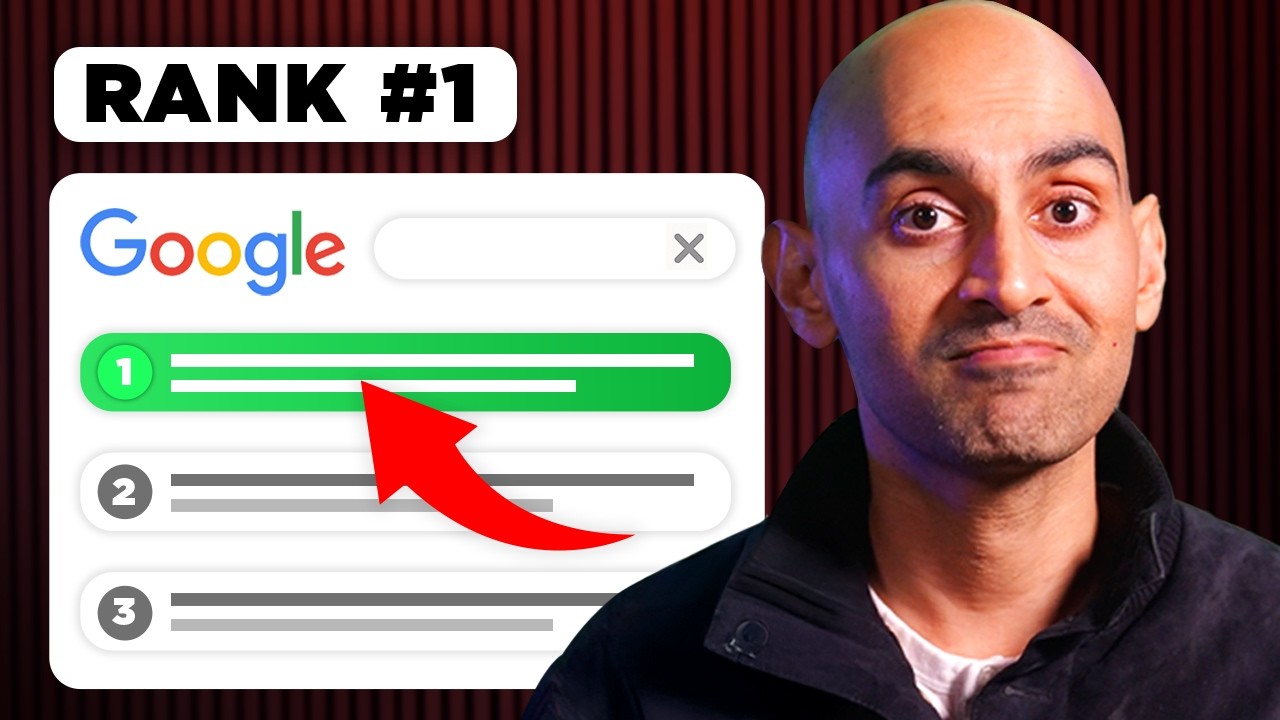Contents
Writing a book can seem daunting, especially for professionals looking to showcase their expertise. However, there are several effective methods to simplify this process. This blog post will explore four distinct approaches to writing a book, each designed to help you transform your knowledge into a well-structured manuscript. Whether you prefer a more intuitive method or a structured algorithm, there’s a way for everyone to get their ideas onto the page.
Method 1: Intuitive and Free-Flowing Writing
The first method is one that embraces spontaneity and intuition. Instead of following a strict outline, this approach allows you to write freely, capturing your thoughts as they come. When I wrote my first book, I utilized this method and found it to be quite efficient. The key is to let your ideas flow without being overly concerned about structure initially.
This method is particularly beneficial for those with experience in teaching or conducting workshops. One effective way to generate content is to host a workshop or a webinar. By teaching a topic you’re knowledgeable about, you can create a substantial amount of spoken content that can later be transcribed into written form. For instance, if you conduct a five-hour training session, you could easily generate around 25,000 words, which is more than sufficient for a book of over 100 pages.
It’s important to consider that during a live session, not every word will make it into the final text. Some sentences may be lost, or you might find parts that don’t fit as well. However, the essence of your content will be captured, and you can refine it later. This method allows you to focus on speaking and sharing your knowledge, which can often feel more natural than sitting down to write.
Method 2: Transforming Training into Text
For those who have previously conducted training sessions or educational courses, this method is an ideal way to convert your expertise into a book. Plan a series of classes or workshops where you can present your material in a structured format. Even if you don’t have an audience lined up, you can gather a small group of people who are interested in the topic. Their questions and interactions can provide valuable insights that enhance your content.
By recording these sessions, you can later transcribe the audio into text. This not only saves time but also ensures that you’re covering the material in a way that resonates with your audience. You might find that the process of teaching helps clarify your thoughts, making it easier to organize them into a coherent book structure afterward.
Method 3: Structured Algorithmic Approach
The third method is more structured and requires a bit more discipline. This approach involves creating a detailed outline using a six-three-six format. Here’s how it works: start by defining six main topics for your book. For each main topic, identify three subtopics. Then, for each subtopic, come up with six questions that need to be answered.
This method not only helps you organize your thoughts but also ensures that you cover all necessary aspects of your topic in depth. By systematically answering these questions, you can create a comprehensive manuscript that addresses the needs and curiosities of your readers. While this method requires more effort upfront, the resulting content is often richer and more engaging.
Method 4: Interview-Based Writing
The fourth method involves collaborating with someone who has a basic understanding of your field. This could be a colleague, a friend, or even a professional interviewer. The idea is to have them ask you questions about your expertise, while you provide detailed answers. This conversation can be recorded and later transcribed into a book format.
However, one potential drawback of this method is that the interviewer may not ask all the right questions, especially if they lack experience in the subject matter. To mitigate this, prepare a list of questions that you believe should be addressed. Provide these questions to your interviewer along with any specific topics you want to cover. This way, you ensure that critical information is not overlooked.

Conclusion
Writing a book doesn’t have to be an overwhelming task. By employing one of these four methods, you can effectively transform your knowledge and expertise into a published work. Whether you choose the intuitive approach, leverage your teaching experiences, adopt a structured algorithm, or conduct interviews, the key is to start. Each method has its strengths, and the best choice depends on your personal style and the nature of your content.
Remember, the goal is to communicate your insights and knowledge in a way that is engaging and informative. As you embark on this writing journey, embrace the process and enjoy the learning experience that comes with it. Happy writing!








